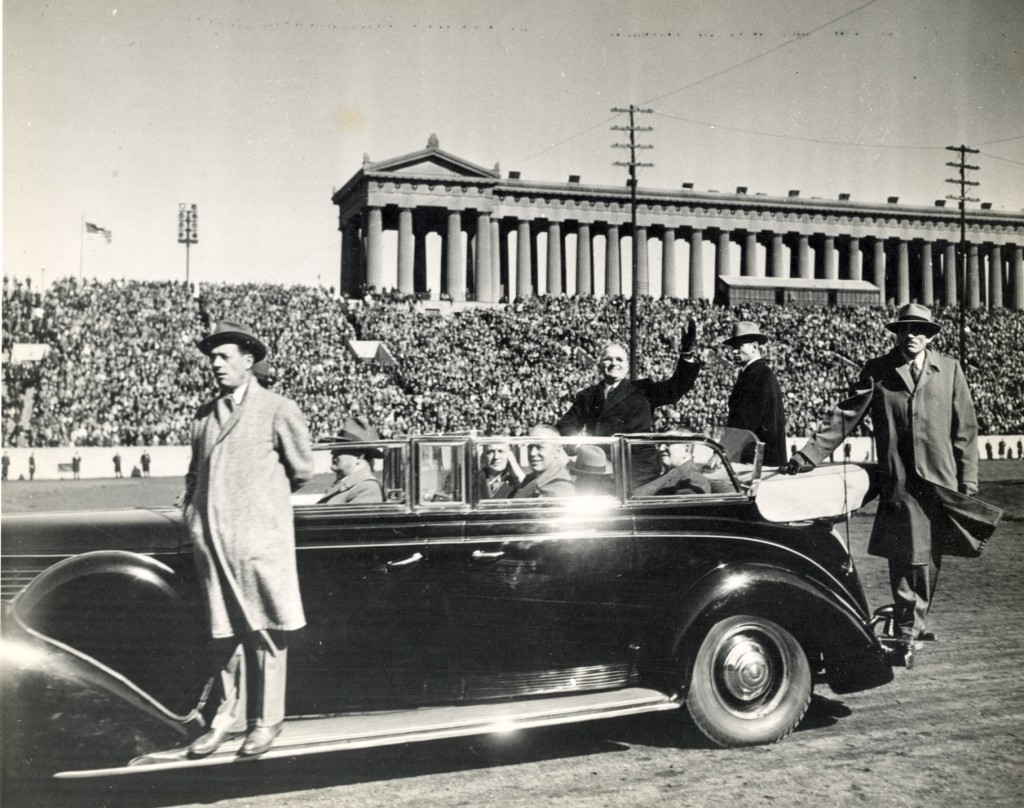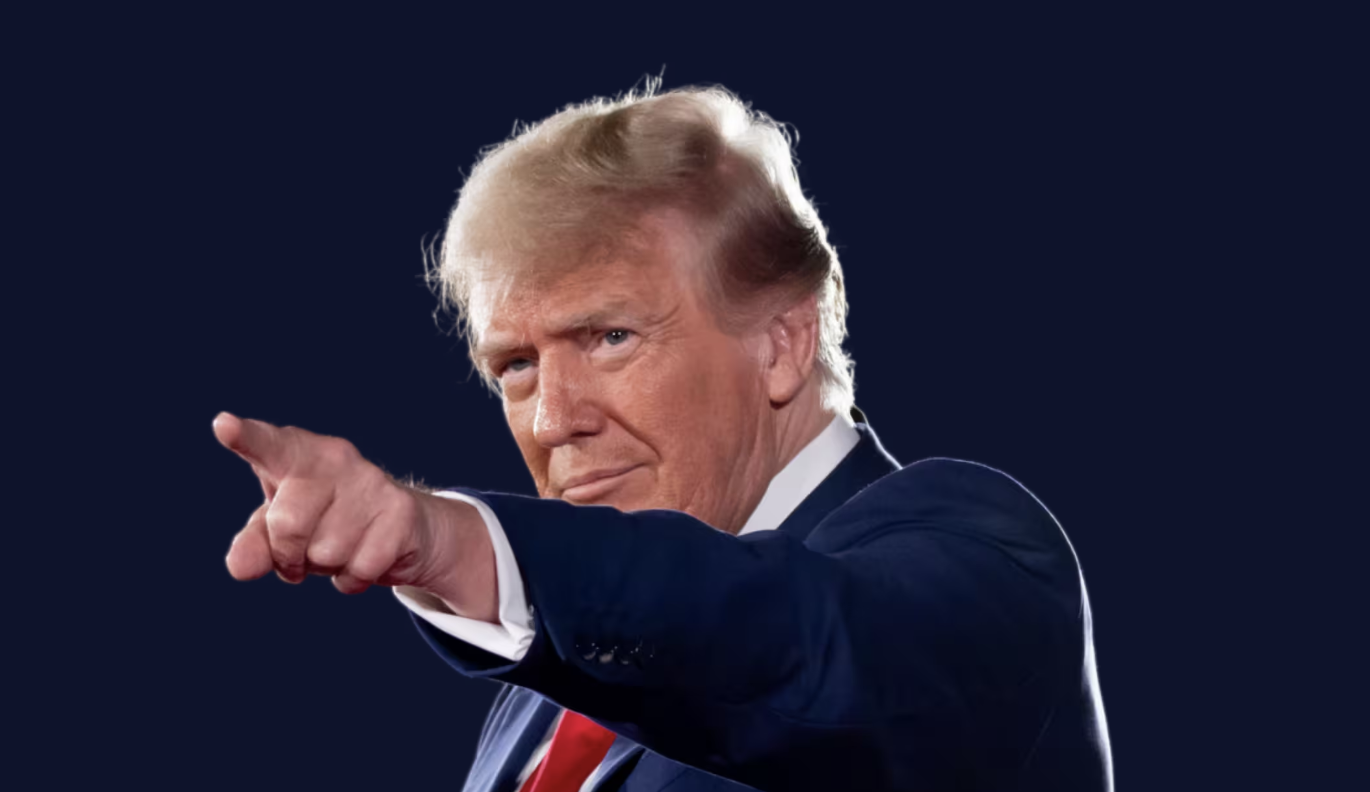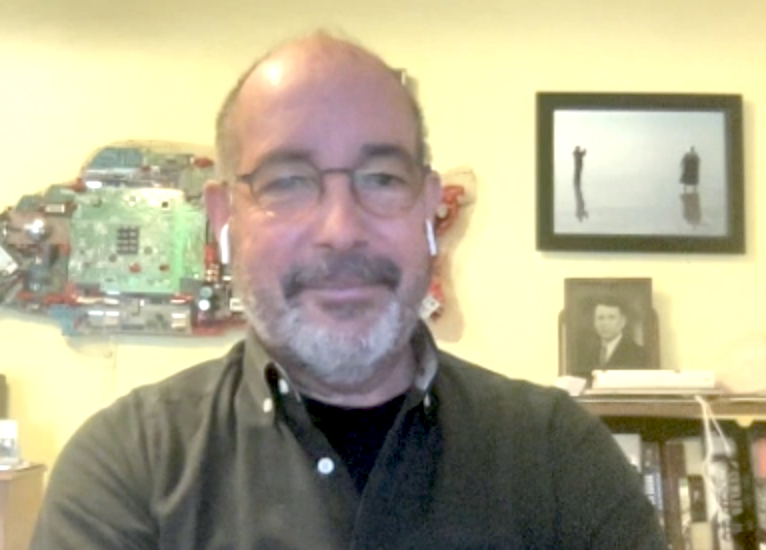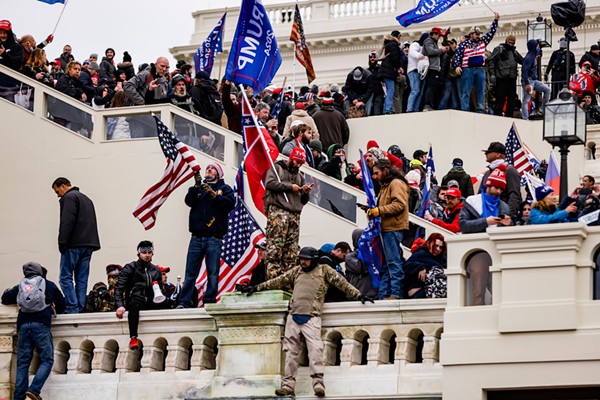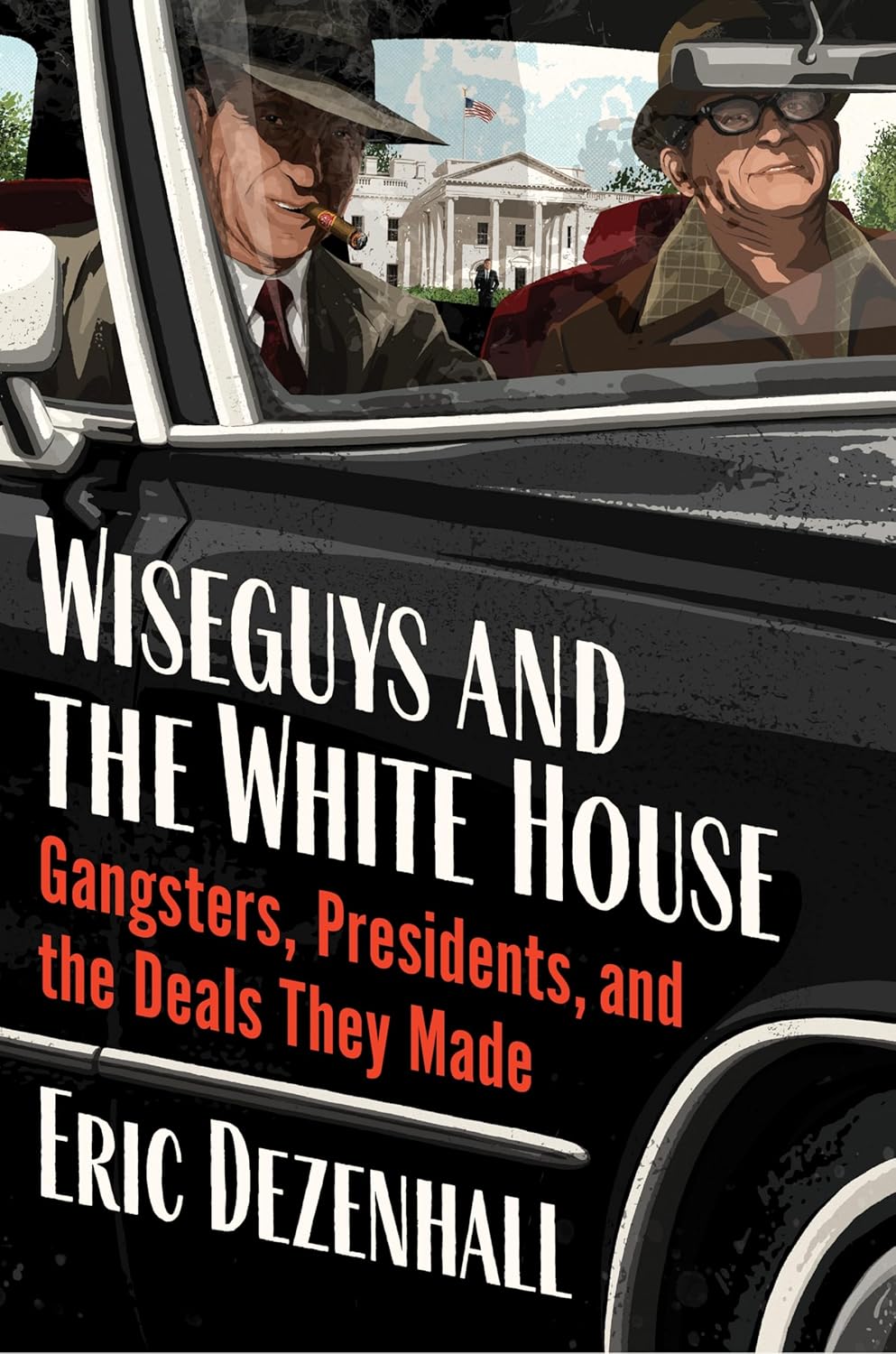Secret Service Agents Guard President Harry Truman/anheier collection
By Allan Lengel
Ticklethewire.com
WASHINGTON– On the day President Kennedy was shot in 1963, Secret Service agents Dick Johnsen and Andy Berger stood guard outside the operating room at Parkland Hospital in Dallas. Their instructions were simple: Don’t let a soul in the operating room unless they get the ok from the attending physician.
At one point, an FBI investigator tried to get in. The agents said no way. A scuffle ensued. The FBI agent ended up face down on the hospital floor. The Secret Service agents then chased him away.
A U.S. Senator from Texas witnessed the incident and told the agents he would vouch for them if necessary, according to the account by Johnsen.
The tale, a hidden treasure up until now – has been one of the countless historical nuggets ex-Secret Service agents James E. Le Gette and Keith Stauffer have unearthed while interviewing 30 retired Secret Service employees so far over the past 14 months at dining room tables and offices across the Washington D.C. region.
Le Gette and Stauffer , who reside in the Washington area, have launched a project called Sentinels of the Service- a collection of oral histories of retired U.S. Secret Service agents, officers, technicians and administrative aides.
“We do the whole gamut, we’re after everybody, ” Le Gette said.
Le Gette said the plan is to house written transcripts of the interviews at the National Law Enforcement Museum in Washington for the public to view on-site or online. The materials will also used by researchers.
The questions is: Why do this?
“We have a historical mindset,” says Le Gette, an affable man who adds “this is something the two of us can do to give back to the Service.”
Le Gette, 71, paid his dues in the Secret Service. He entered on July 20, 1964 in the San Francisco field office and over the years worked on details including President Johnson, Hubert Humphrey and Jimmy Carter. He retired in 1985 as special agent in charge of the Baltimore field office and went on to become an assistant inspector general at GSA. Stauffer, in his 50s, specialized in computer fraud and was on the Henry Kissinger detail at one point.
Le Gette says so far, the folks he’s interviewed – all have been men except one — have either been people he worked with or for.
He said he sees a common thread among the employees.
“Everyone of these guys, all came up fairly middle class or even middle lower class: no silver spoon in anyone’s mouth that we’ve talked to. They all started out in relatively humble beginnings and through education and hardwork worked their way through.”
Then there’s the favorite president, the one that seemed to get the most praise during interviews.
“Truman was the best guy they ever had to work around as far as being friendly,” he said. “The whole idea, cooperative, understanding, first name basis. And they liked his politics too for the most part. Truman is the standout president clear up until the last Bush.
Le Gette says the project is totally ” free and independent from headquarters. We have a lot of freedom.”
So you’d think there would be some pretty scintillating things in the interviews; some dirt, some secrets. Think again.
“We only look at the positive stuff,” he said. “We’re not looking for any dirt or any secrets people have stumbled into during their careers. ”
He said the interview can take up to five hours. Afterwards, the tapes are transcribed at a cost of about $600 to $800. Then they’re edited – they take out repetitious language and any scandalous tidbits — and are given to the retired employees to see if they want to add or subtract anything. Then comes the final product.
He said the families of the retired Secret Service employees have been grateful.
“Every family members says every time ‘thank God you got him to sit down and tell the story of his life.’ There’s stuff they’ve said they never heard of before.”
Le Gette said people can send donations for the non-profit project to: Sentinels of the Service, Inc., 470 Lission Ct., Severna Park, MD 21146-1640, Attn: James E. Le Gette, Executive Director ( 410-647-2518)
Here are some summaries of interviews provided by Le Gette:
- During Vice-President Nixon’s visit to Caracas, Venezuela, on May 13, 1958, H. Stuart Knight, a Special Agent with the U. S. Secret Service (Later to become the Director of the Secret Service) was injuried and concerned for his life as he and one other agent fought the mobs which surrounded the Vice-President’s vehicle. On three different occasions, while motorcading from the airport to an official stop, Knight and Bob Taylor ventured out of their security car in order to defend Nixon’s vehicle which was transporting him and the Venezuelan Foreign Minister. The agents and the vehicle were hit by many objects, including pipes, wood and rocks. Luckily they did not encounter any firearms. The reason for such animosity towards the U.S. was we granted it sanctuary to Venezuela’s former dictator. The agents involved were honored with exception service awards.
- During the 1950’s, Special Agent’s Al Wong and Mike Torina would be called upon to leave their district (New York) and act in an undercover capacity relative to making purchases of counterfeit money or other obligations of the government. One such assignment was to meet two “guys” from the south at Washington National Airport in order to purchase 93 counterfeit U.S. checks. After the two suspects showed the counterfeit checks to the agents, who had no purchase money for the exchange, the agents gave the “high-sign” to the Washington Field Office back-up agents to move in and arrest the bad guys. The field office agents did not pay attention to the signal. Wong and Torina became more concerned and continued with double-talk until finally the field agents moved in and arrested the two counterfeiters, who were both armed. As the arrests were being made, Wong whispered to the arresting agents to arrest them too for obvious investigative purposes. Wong was not too critical, “they didn’t work these kinds of cases much in Washington.”After the agents were “arrested”, the Washington field agent went home forgetting to unlock the cuffs (he had the only key for a unique set of cuffs) on the two agents. Once the agent returned to office, Wong and Torina were free to return to New York.
- Special Agent John Desmedt, while assigned to the Secret Service Training Division was charged with the “modernizing” of the weapons and tactical training of the special agents. Desmedt spent several months of research in order to finalize new training standards. He studied the training of the KGB, Israeli security, other country programs, universities and private contractors. A major development determined by Desmedt was the psychological normal response to a threat was not the safest form of protection for the individual. Through intensive training, many “common reactions” had to be redefined for the safety of the person. This new training was paramount to better insure the agents’ ability to carryout their protective and criminal investigative assignments.
- One of the earliest “criminal profilers”, within the government was Special Agent Kenneth Baker of the Secret Service. Baker obtained his Ed.D in physiological studies and developed his approach to the study of criminal profiles and interrogation techniques with the assistance of other professionals. Baker was called upon to instruct not only Secret Service personnel but also other federal investigative arms of the government. One agency, near Washington, DC, was able to “borrow” him for three years of instruction for their agents. Ken, after retirement from the Service, entered the public sector and helped develop a very lucrative business for private interests. One case involved a very important family who had suspicions that a family member was responsible for a criminal act. Baker was able, through his abilities, to correctly identify the actual perpetrator within the family, not the member originally accused.


